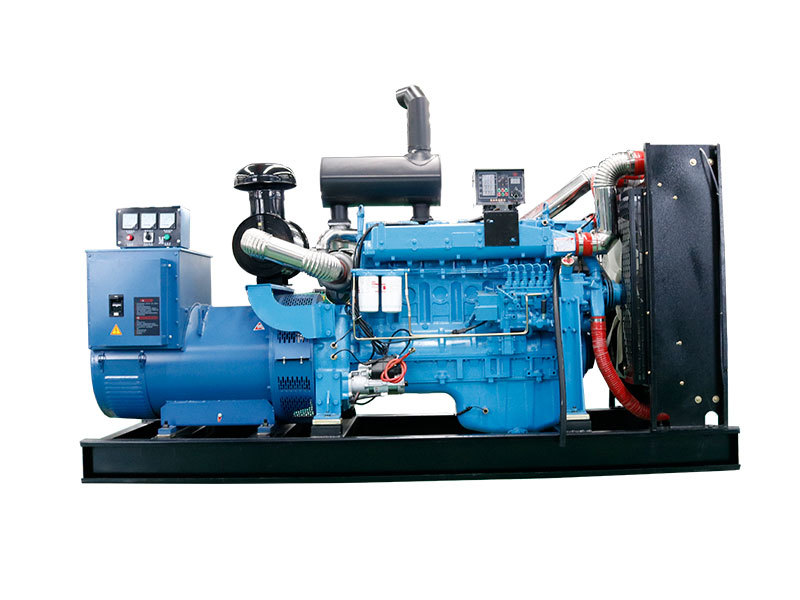This exploration delves into the core of "Technical Explanations," providing 30 distinct perspectives on the subject. We'll examine what constitutes a strong technical explanation, its importance across various fields, and how to craft one effectively. From software development to engineering marvels and scientific breakthroughs, understanding the nuances of technical communication is crucial for conveying complex information clearly and concisely.
Imagine trying to assemble furniture without clear instructions. Frustrating, right? Technical explanations act as the instruction manual for complex concepts, bridging the gap between specialized knowledge and broader understanding. They break down intricate processes, systems, or mechanisms into digestible components, empowering individuals to grasp the underlying principles at play.
A solid technical explanation isn't merely a dry recitation of facts. It involves carefully structuring information, anticipating potential points of confusion, and utilizing clear language accessible to the intended audience. Consider the difference between explaining quantum physics to a fellow physicist versus a layperson. The core concepts remain the same, but the delivery must adapt to the audience's existing knowledge.
Let's consider a practical example: explaining how a car engine works. A truly effective technical explanation wouldn't simply list the components – pistons, cylinders, spark plugs. It would explain how these components interact, the thermodynamic principles driving the process, and perhaps even the historical development of internal combustion engines. Visual aids, such as diagrams and animations, can significantly enhance clarity.
Another critical element is the context within which a technical explanation is provided. Explaining a software bug to a development team requires a different approach than explaining the same bug to a client. The former demands technical details and potential solutions, while the latter needs a simplified overview of the impact and expected resolution timeframe.
Now, let's shift our focus to the practical application of technical explanations in various fields. In engineering, they're crucial for design specifications, troubleshooting guides, and safety protocols. In medicine, they underpin patient diagnoses, treatment plans, and informed consent processes. Even in everyday life, we encounter technical explanations in user manuals, product reviews, and how-to videos.
Consider the importance of technical explanations in legal settings, where expert witnesses must convey complex technical details to judges and juries. The clarity and precision of these explanations can significantly influence legal outcomes. Similarly, in academic research, technical explanations are paramount for disseminating findings, validating methodologies, and contributing to the broader body of knowledge.
But how do we ensure the effectiveness of a technical explanation? One key factor is the use of concrete examples and analogies. Relating abstract concepts to familiar experiences can make them more relatable and easier to grasp. Think of explaining data transmission speeds using the analogy of water flowing through pipes of varying diameters.
Another important aspect is testing and refinement. Just as a software program undergoes rigorous testing, a technical explanation should be reviewed and refined based on feedback. Asking colleagues, friends, or even members of the target audience to critique the explanation can reveal areas for improvement.
How would you explain the concept of cloud computing to someone unfamiliar with technology? What strategies would you employ to ensure they understand the core principles? This exercise highlights the challenges and rewards of crafting a compelling technical explanation.
Ultimately, the goal of a technical explanation is to illuminate complex subjects, fostering understanding and enabling effective communication. By mastering the art of technical explanation, we can bridge the gap between specialized knowledge and broader comprehension, empowering individuals to navigate the increasingly complex world around us.
From deciphering intricate technical documents to explaining the latest scientific breakthroughs, the ability to clearly and concisely convey information is a valuable asset in today’s world. This exploration of "Technical Explanations (30个)" has provided a multi-faceted perspective on the subject, highlighting its importance across various domains and providing practical insights into its effective application.





